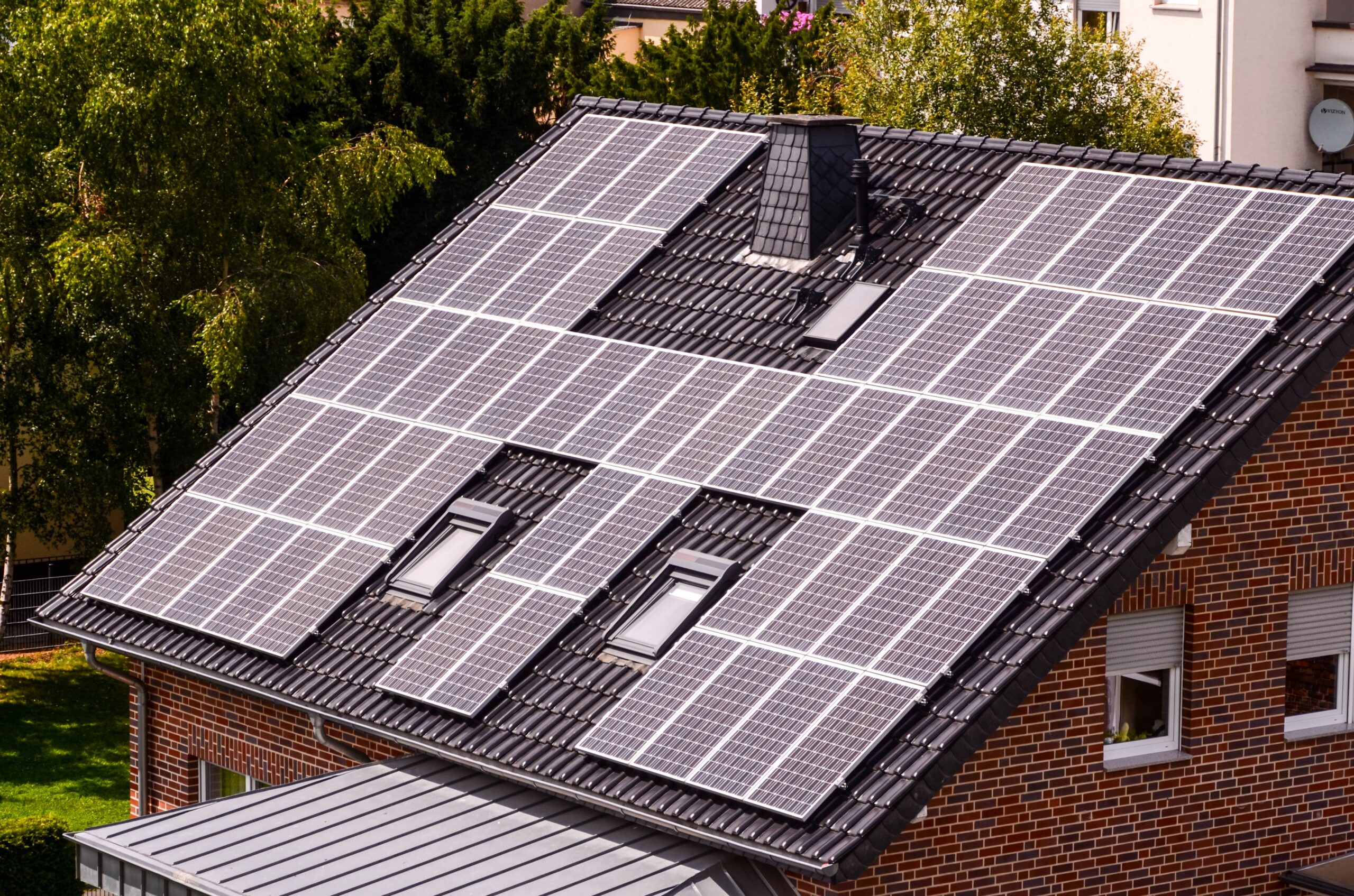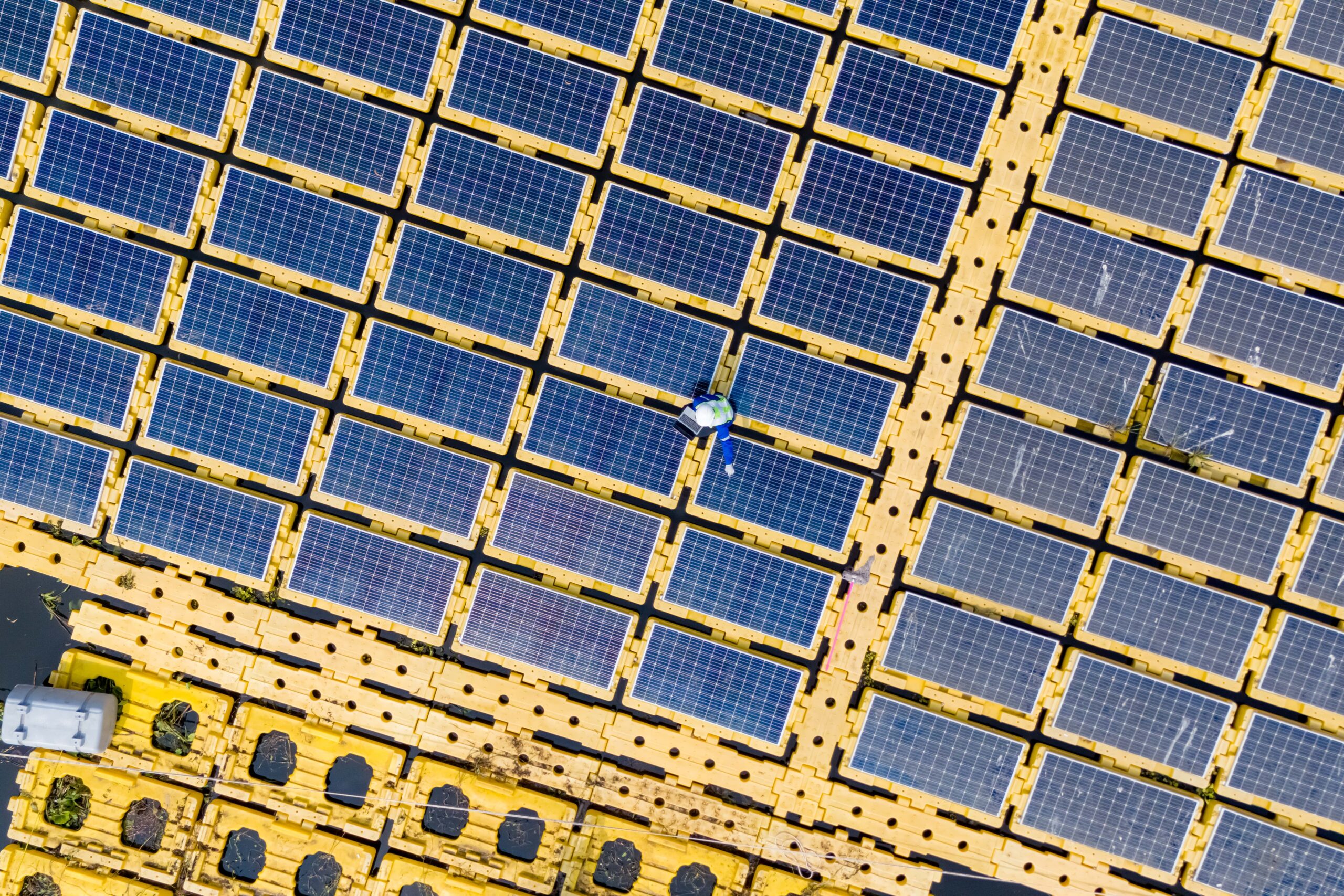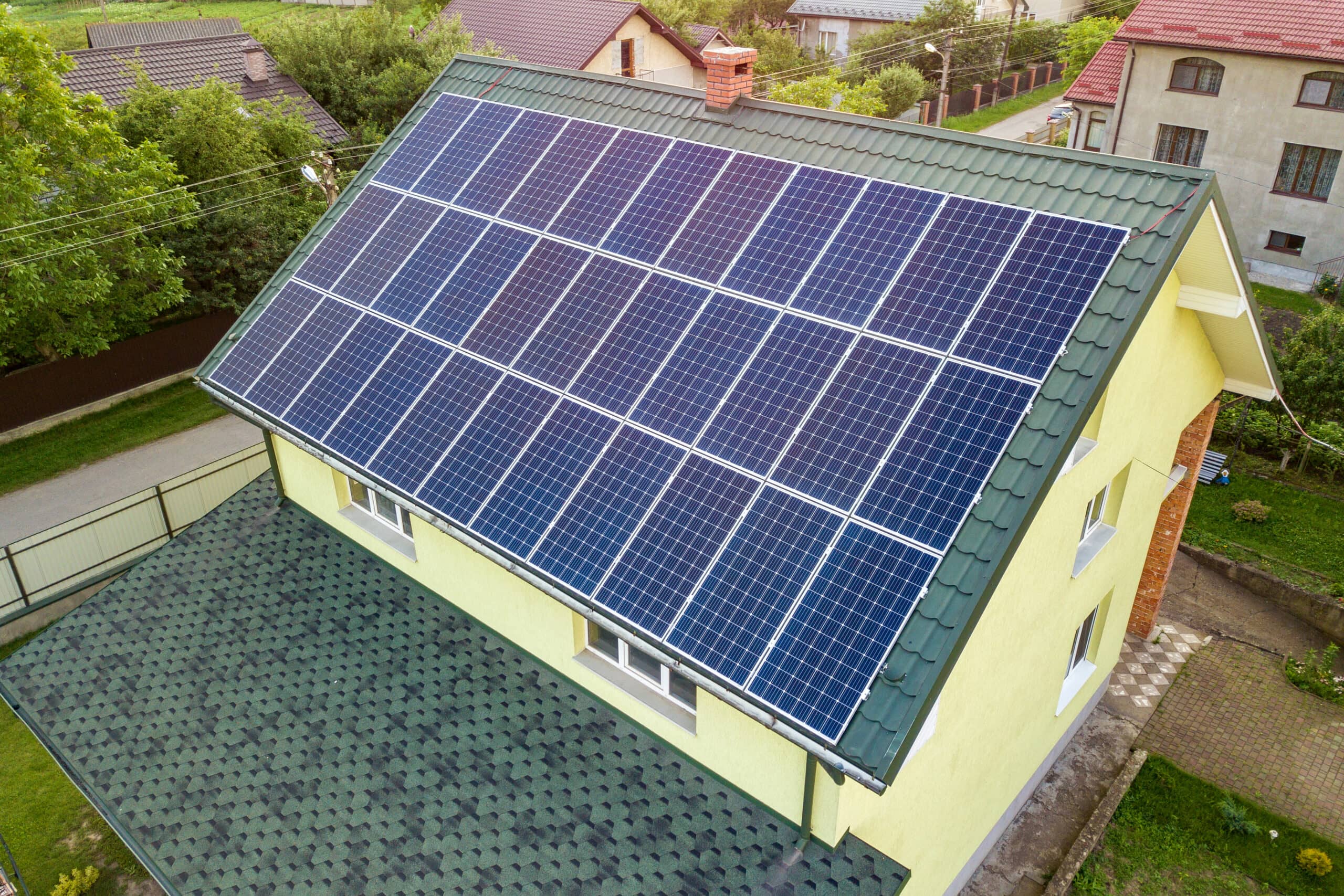Hey everyone! Today, we’re exploring the world of solar panels and their crucial role in powering our home appliances. As we become increasingly aware of the importance of renewable energy, solar panels have become a go-to option for homeowners looking to reduce their carbon footprint and lower their electricity costs.
However, figuring out the number of solar panels needed to power your home appliances effectively is not a simple task. It all comes down to understanding your electricity consumption. By accurately assessing the power requirements of your appliances, you can determine the optimal quantity of solar panels required to meet your energy needs.
So, let’s dive into this informative journey and discover the ins and outs of solar panels and how to calculate the perfect number to power your home appliances. Let’s get started!
How to Calculate the Electricity Usage of Household Appliances
To calculate the electricity usage of household appliances, we’ll need to understand two key factors: power ratings and energy consumption. Power ratings are typically measured in watts (W) and indicate the amount of power an appliance consumes when it’s in use. On the other hand, energy consumption is measured in kilowatt-hours (kWh) and represents the total amount of energy consumed over a certain period.
Here’s a step-by-step guide to calculating power consumption:
1. Identify the power rating: Check the appliance’s label or user manual for the power rating, usually in watts (W). For example, we have a microwave with a power rating of 1200W.
2. Determine the usage time: Estimate or measure how long the appliance is used daily. For instance, let’s say we use the microwave for 15 minutes (0.25 hours) each day.
3. Calculate the energy consumption: Multiply the power rating by the usage time to get the energy consumption in watt-hours (Wh). In our example, it would be 1200W x 0.25h = 300Wh.
4. Convert to kilowatt-hours (kWh): Divide the energy consumption in watt-hours by 1000 to convert it to kilowatt-hours. In our case, 300Wh / 1000 = 0.3kWh.
By following these steps, you can calculate the power consumption of any household appliance. Remember to repeat this process for each appliance you want to assess.
Here’s an example calculation for a refrigerator:
1. Power rating: Let’s say our refrigerator has a power rating of 150W.
2. Usage time: The refrigerator operates 24 hours a day.
3. Energy consumption: Multiply the power rating (150W) by the usage time (24h) to get 3600Wh.
4. Convert to kilowatt-hours: Divide 3600Wh by 1000 to obtain 3.6kWh.
Repeat this calculation for all your appliances to understand your electricity usage comprehensively.
How Many Solar Panels Does My Home Need?
The number of solar panels required for your home depends on various factors, including your energy consumption habits and the amount of sunlight your location receives. Here’s a breakdown of the key considerations:
1. Energy consumption habits: Start by assessing your average monthly or annual electricity usage. This information can be found on your utility bills. Understanding your energy needs will help determine the size of the solar system required to meet your electricity demands.
2. Peak sun hours: The sunlight your location receives is crucial for estimating solar panel production. Peak sun hours are when the sun’s intensity is at its highest. The higher the peak sun hours, the more energy your solar panels can generate.
Now, let’s go through the formula for estimating the number of solar panels:
Number of solar panels = Annual electricity usage / (Solar panel rating x Production ratio x Peak sun hours)
Solar panel rating: This refers to the power rating of a single solar panel and is typically measured in watts (W).
Production ratio: It represents the solar panels’ efficiency and considers factors like shading dirt, and system losses. It’s usually expressed as a decimal (e.g., 0.75 for 75% efficiency).
Peak sun hours: As mentioned earlier, this is the number of hours per day when your location receives the most sunlight.
Let’s look at this example together:
1. Annual electricity usage: Suppose your home consumes 10,000 kilowatt-hours (kWh) of electricity annually.
2. Solar panel rating: Suppose each solar panel has a rating of 300W.
3. Production ratio: Let’s assume a production ratio of 0.80 (80% efficiency).
4. Peak sun hours: If your location receives an average of 5 peak sun hours daily, that would be 5 hours.
Using the formula, we can calculate the number of solar panels:
Number of solar panels = 10,000 kWh / (300W x 0.80 x 5 hours) = 10,000 kWh / 1200W = 8.33 (rounded up to 9 panels)
In this scenario, you would need approximately nine solar panels to meet your annual electricity consumption.
Remember, this is just one example, and the number of solar panels required may vary based on individual circumstances.
How Many Solar Panels Do I Need For Typical Home Appliances?
It’s essential to understand the energy consumption of each appliance category. By breaking down the energy usage by room and appliance type, we can calculate the number of solar panels required to power them. This helps homeowners plan their solar energy systems effectively and make informed decisions. By considering factors such as annual consumption, capacity, hours of use, and panels needed, we can estimate the number of solar panels required for each appliance category. It’s an exciting way to harness renewable energy and reduce reliance on traditional power sources.
Kitchen Appliances
These appliances, such as refrigerators, ovens, microwaves, and dishwashers, are essential for daily cooking and food storage. Still, they can consume significant energy due to their continuous operation and power requirements.
| Appliances | Capacity (W) | Annual Hours | Annual Consumption (kWh) | Panels |
| Refrigerator | 150 – 200 | 8,760 | 1,314 – 1,752 | 3.5 – 4.5 |
| Oven | 2,000 – 5,000 | 150 | 300 – 750 | 1 – 2 |
| Stove | 3,000 | 150 | 450 | 1.5 |
| Dishwasher | 1,200 | 260 | 312 | 1 |
| Microwave | 1,000 – 1,500 | 78 | 78 – 117 | <1 |
| Coffee Maker | 500 – 1,000 | 60 | 30 – 60 | <1 |
| Toaster | 1,200 | 36.5 | 43.8 | <1 |
| Stove Hood | 70 – 150 | 150 | 10.5 – 22.5 | <1 |
| Blender | 200 | 73 | 14.6 | <1 |
Bathroom Appliances
Bathroom appliances like hair dryers, electric toothbrushes, and electric shavers are commonly used for personal grooming. While they may not consume as much energy as other appliances, it’s still important to be mindful of their usage to minimize energy waste.
| Appliances | Capacity (W) | Annual Hours | Annual Consumption (kWh) | Panels |
| Blow Dryer | 1,800 | 182.5 | 328.5 | 1 |
| Ceiling Fan | 25 | 3,285 | 82 | <1 |
| Electric Razor | 15 | 52 | 0.78 | <1 |
Living Room Appliances
In the living room, appliances like televisions, gaming consoles, sound systems, and air conditioners can consume considerable energy, especially if they are used for long periods or run at high power settings.
| Appliances | Capacity (W) | Annual Hours | Annual Consumption (kWh) | Panels |
| LCD TV | 90 – 250 | 1,460 | 131 – 365 | 1 |
| LED TV | 20 – 60 | 1,460 | 29 – 88 | <1 |
| Game Console | 20 – 180 | 400 | 8 – 72 | <1 |
| Stereo | 40 | 1,460 | 58 | <1 |
| LED Bulb | 12 | 1,825 | 22 | <1 |
Big-Ticket Items
Due to their size and frequency of use, larger appliances, such as washing machines, dryers, and water heaters, tend to consume more energy. Therefore, it’s important to choose energy-efficient models and use them wisely to minimize energy consumption.
| Appliances | Capacity (W) | Annual Hours | Annual Consumption (kWh) | Panels |
| HVAC | 3,500 | 1,825 | 6,388 | 16 |
| Water Heater | 4,000 | 1,095 | 4,380 | 11 |
| Window AC | 900 | 1,825 | 1,642 | 5 |
| Washing Machine | 2,500 – 3000 | 208 | 520 – 624 | 2 |
| Dryer | 2,500 – 3,000 | 104 | 260 – 312 | 1 |
| Ceiling Fan | 31 | 8,760 | 271 | 1 |
| Vacuum | 650 – 800 | 104 | 68 – 83 | <1 |
| Iron | 750 – 1,100 | 52 | 39 – 57 | <1 |
Understanding the energy consumption of these appliances can help us make informed decisions about our energy usage and determine the number of solar panels needed to power them sustainably.
Tips To Minimize Your Power Consumption
1. Opt for Energy-Efficient Appliances: Choose appliances with high energy efficiency ratings, such as ENERGY STAR-certified models. They are designed to consume less energy without compromising performance.
2. Unplug or Power Down: When appliances are not in use, unplug them or turn them off altogether to avoid “vampire” energy consumption. This includes devices like chargers, TVs, and gaming consoles.
3. Adjust Thermostat Settings: Set your thermostat to an energy-saving temperature when you’re away from home or at night. A programmable or smart thermostat can help automate this process.
4. Use Natural Light: Open curtains and blinds to let in natural light during the day. This reduces the need for artificial lighting, saves energy, and creates a pleasant ambiance.
5. Practice Smart Lighting: Switch to energy-efficient LED bulbs and consider using motion sensors or timers to control lighting in rooms that are frequently occupied automatically.
6. Optimize Air Conditioning: Set your air conditioner to an energy-saving temperature and use fans to circulate cool air. Regularly clean or replace air filters to ensure efficient airflow.
These energy-saving practices can reduce power consumption and create a more sustainable environment. For more detailed tips and resources, consult your local energy provider for specific recommendations tailored to your location.
How To Power Home Appliances With Solar
The first step in the journey towards solar-powered home appliances is to estimate your power consumption. This involves calculating the total wattage ratings of the appliances you wish to power with solar energy. By adding up the wattage of each appliance, you can determine the size of the solar system you’ll need to meet your energy requirements.
Once you estimate your power consumption, it’s time to determine your solar panel needs. Several factors come into play here. Firstly, consider your location. The amount of sunlight you receive will impact the efficiency of your solar panels. Additionally, assess the available roof space for panel installation. The more space you have, the more panels you can accommodate. Considering these factors, you can determine the number of solar panels required to generate enough electricity to power your appliances.
With your power consumption estimate and solar panel needs, it’s time to transition to solar energy. This process involves several steps:
- You’ll need to contact a Stanton Solar to install the solar panels on your roof or in an area with maximum sunlight exposure. The panels will capture sunlight and convert it into usable electricity.
- You’ll need to connect the panels to an inverter, which converts the DC power generated by the panels into AC power compatible with your home’s electrical infrastructure.
- Integrate the solar system with your home’s electrical system to ensure a seamless power supply to your appliances.
When planning your solar panel system, it’s essential to consider future energy needs. For instance, if you anticipate purchasing electric vehicles or adding more appliances to your home, it’s crucial to account for the increased energy demand. By factoring in these future needs, you can ensure your solar system is designed to accommodate the additional power requirements.
Understanding our energy consumption is crucial to ensuring effective solar panel installation. We can optimize our solar systems by estimating power needs, considering future requirements, and utilizing solar energy calculators. This not only helps us reduce our carbon footprint but also saves on electricity bills.
Explore solar energy options and resources available in your area. Take advantage of government incentives, consult with solar energy professionals, and educate yourself about the latest advancements in solar technology. We can contribute to a greener and more sustainable future by embracing solar energy.
Start your solar journey today and positively impact the environment while enjoying the benefits of clean, renewable energy!




